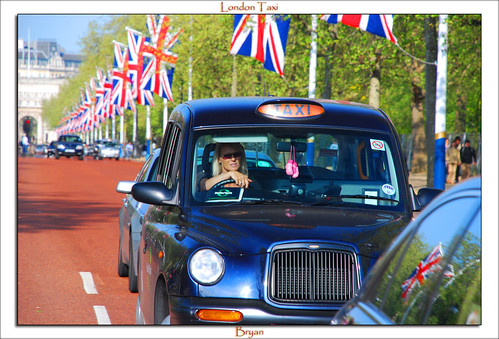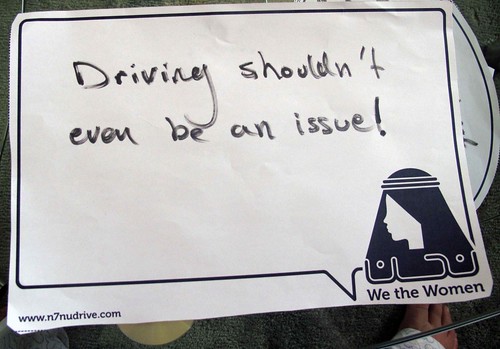Webinar Alert: Where is the “IT” in ITS? – Talking Technology and Transportation (T3) Webinar @ July 14, 2009
Where is the “IT” in ITS?
Date: July 14, 2009
Time: 1:00–2:30 P.M. ET
Cost: All T3s are free of charge
PDH: 1.5. — Webinar participants are responsible for determining eligibility of these PDHs within their professions.
Register On-line
Contact the T3 Administrator
Description
IT and ITS have a common technical framework and similar technical challenges. As such, practitioners in both fields have much to gain by partnering together. The Oregon and New Hampshire State Departments of Transportation will present their experiences in bringing these different organizational groups together to promote efficient and successful ITS project deployment based on systems engineering principles. Each agency will share their successes, challenges, and lessons learned with the organizational and technical issues these new partnerships engender. Representatives from both agencies will discuss the ways that IT and ITS staff in program offices collaborate to support ITS deployments, making this an informative and interesting session and providing the audience with practical steps for initiating and maintaining collaborative, cross-departmental work partnerships.
This webinar is part of a webinar series on Systems Engineering for ITS projects. Many agencies use their Information Technology group as a source for systems engineering and information technology skills and as a way to build competency across different agency departments.
Audience
- Individuals involved in planning, deploying, and operating ITS
- ITS and IT staff and managers
- Human Resource and workforce development professionals
Learning Outcomes
- Understanding of the positive impact on ITS project outcomes derived from collaboration between the agency’s IT department and the ITS program office
- Steps that can be implemented to initiate cross-departmental (IT and ITS) collaboration
- Benefits of using systems engineering in the development and management of ITS projects
- Best practices for maintaining cross-departmental collaboration through the project lifecycle
Federal Host:
Mac Lister
Mac is the Manager of the ITS Professional Capacity Building Program at the U.S. Department of Transportation’s ITS Joint Program Office (ITS JPO). He has over 35 years of experience in the field of information systems. Before joining the ITS JPO, Mac was an ITS Specialist at the Federal Highway Administration (FHWA) Resource Center. Before that, Mac worked as an IT manager for 25 years, the last 12 of which were for a public transit agency. His ITS areas of expertise are 511 technology/overall operations, the National ITS Architecture, ITS professional capacity building and workforce development, and systems engineering.
Mac has provided training, outreach and technical support for the National ITS Architecture and Systems Engineering programs. He has also the team leader for the FHWA‘s National Field Support team; the field co-chair for the FHWA Operations Council’s architecture and systems engineering working groups; and a member of the 511 Deployment Coalition Working Group.
Mac is a certified instructor and a master trainer for NHI. He has taught courses in ITS Software Acquisition, Systems Engineering and National ITS Architecture. He has also been an independent consultant to ITS America.












